Flat lighting is the easiest photography lighting pattern to produce. It creates minimal contrast, which can be good or bad.
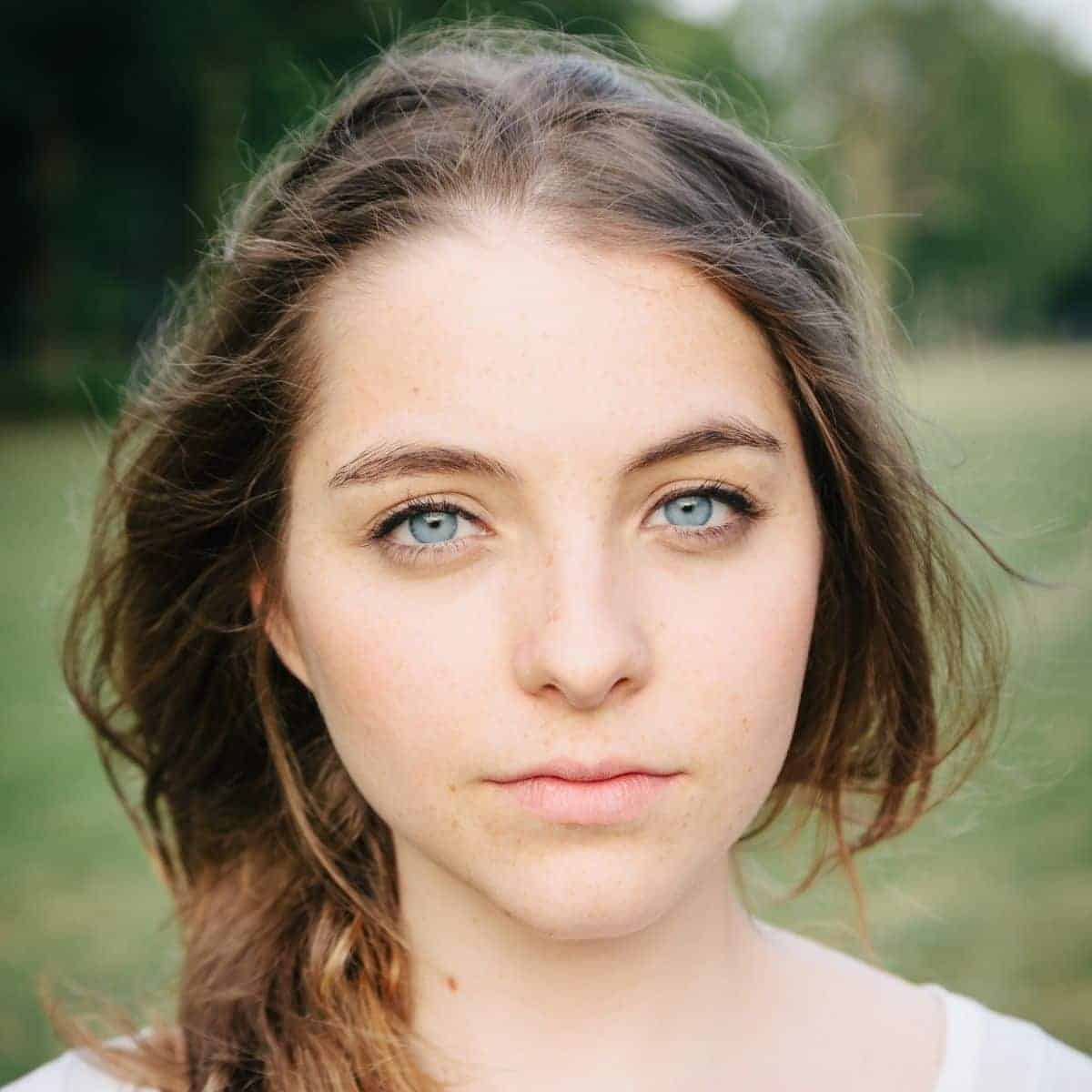
Whether you’re shooting landscapes, portraits, events, products, or wildlife, lighting is an essential aspect of a great photograph.
There are different lighting patterns, which create different moods and feelings.
For example, a dark image with a lot of contrast is moody, while an airy photo is fun and vibrant.
In portrait photography, there’s Rembrandt lighting, split lighting, butterfly lighting, and loop lighting, to name a few.
One of the easiest lighting patterns to use is flat lighting.
The following covers everything you need to know about flat lighting, including the benefits, drawbacks, how to use it, and examples for inspiration.
Flat light definition
Flat lighting means that the light creates minimal to no shadows or contrast in the photo. It’s not the size or shape of the light source but the effect of the light.
The shadowless light is the least dramatic of all lighting patterns because there’s no contrast.
Additionally, the light can be soft or harsh. As long as there are little to no shadows, it’s considered flat lighting.
Related article: The complete guide to children’s photography
What causes flat light?

Flat light creates an evenly lit photo that lacks shadows. Before using flat lighting, you need to know what causes it.
The main causes for flat light are shade, overcast skies, on-camera flash, front lighting, and reflectors or fill lights.
When shooting outdoors, the shade on a sunny day and overcast skies have the same flat lighting effect.
On a sunny day, flat lighting is created by turning your subject to face the sun.
With diffused light and the lack of direction, the shadows are minimal.
On-camera flash and front lighting illuminate your subject from the front, providing even lighting.
When using directional light, reflectors and fill lights can fill the shadows to create flat lighting.
Whether you shoot indoors or outdoors, flat lighting is due to direct and even lighting that produces little to no shadows.
Pros and cons of flat light
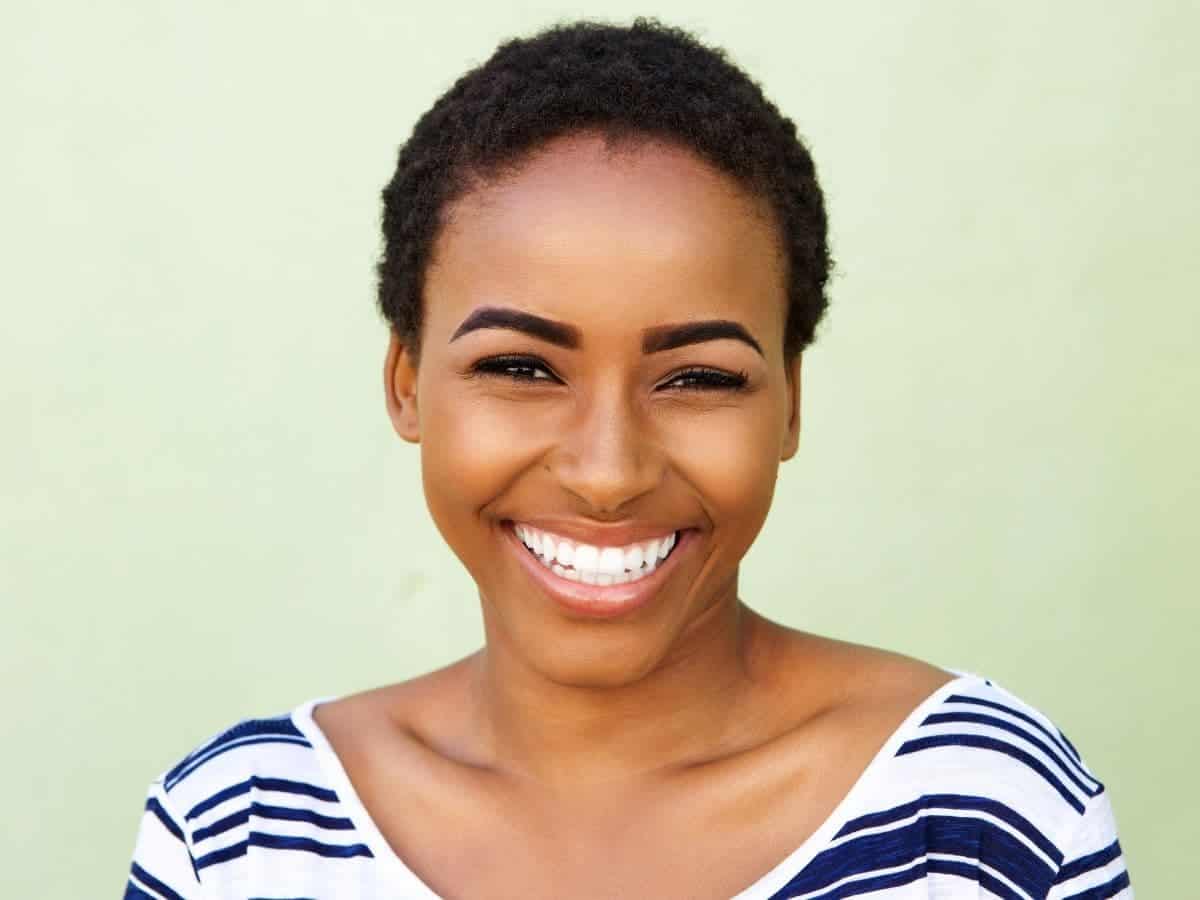
Flat, shadowless, and evenly-lit lighting has its benefits and drawbacks.
It’s not about being good or bad, as it’s a lighting pattern that you should understand and have in your mental toolkit.
The following are the pros and cons of flat lighting. By understanding both sides, you’ll be able to use it appropriately.
Flat light pros
Often, flat lighting is used to glamour, fashion, or professional headshot photography.
Since flat lighting evenly illuminates a subject, it’s flattering.
Plus, it makes a subject’s face look smooth by eliminating the shadows that show wrinkles, scars, and blemishes.
Another benefit of flat lighting is that it creates a happy, light, and airy feel to an image.
If you want to portray an uplifting mood or scene in a photo, use flat lighting.
Flat light cons
While there’s a time and place for flat lighting, it’s not the best choice for all situations.
A drawback of flat light is that it can create a dull image. Without shadows, there’s no dimension or depth.
In landscape photography, depth and shadows make a photo beautiful and lively.
For portraits, shadows and depth accentuate a subject’s emotions, expressions, and unique characteristics.
So, the drawback of flat lighting is the loss of visual interest.
How to use flat lighting
Whether you’re using artificial or natural light, you can achieve flat lighting. The key is to create even lighting without shadows.
To use flat lighting in your photography, take the following steps.
How to create flat lighting with artificial light
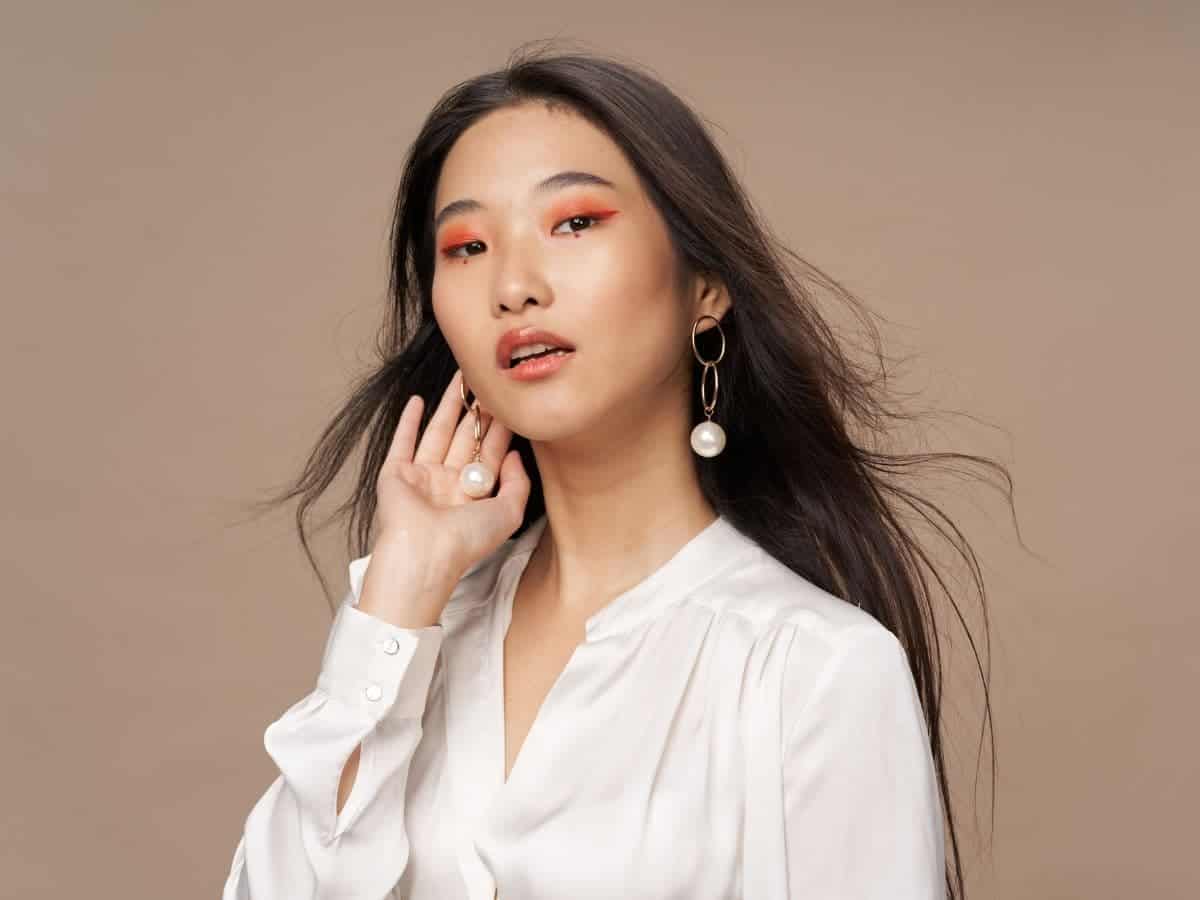
Artificial light provides a controlled lighting situation. Since it doesn’t shift or change like natural sunlight, it makes creating flat light easier.
With artificial light, use a speedlight or continuous light.
Regardless of the one you choose, the light needs to be in front of and slightly above your subject. Plus, your camera needs to shoot the photo at the same angle.
Make adjustments to ensure the light is flat on your subject’s face.
The one-light setup is the easiest way to achieve flat lighting. However, you can also use two lights or angle the light and use a reflector.
With the two-light or reflector route, make sure you fill the shadows enough to capture even lighting across your subject’s face.
How to create flat lighting with natural light outdoors

If you shoot in natural light, flat lighting is possible.
The two ways to create it are to use a location with open shade, wait for a cloudy and overcast day, or use a diffuser.
Bright and sunny days produce hard shadows and a lot of contrast.
The key to using flat lighting is to find open shade, which blocks direct light but keeps enough to provide even lighting.
If you can’t find an area with open shade, use a diffuser to soften the light and eliminate the shadows.
Aside from sunny days, cloudy days are excellent because they offer natural diffusion.
On an overcast day, you can shoot anywhere because the light will be soft and even.
How to create flat lighting with natural light indoors
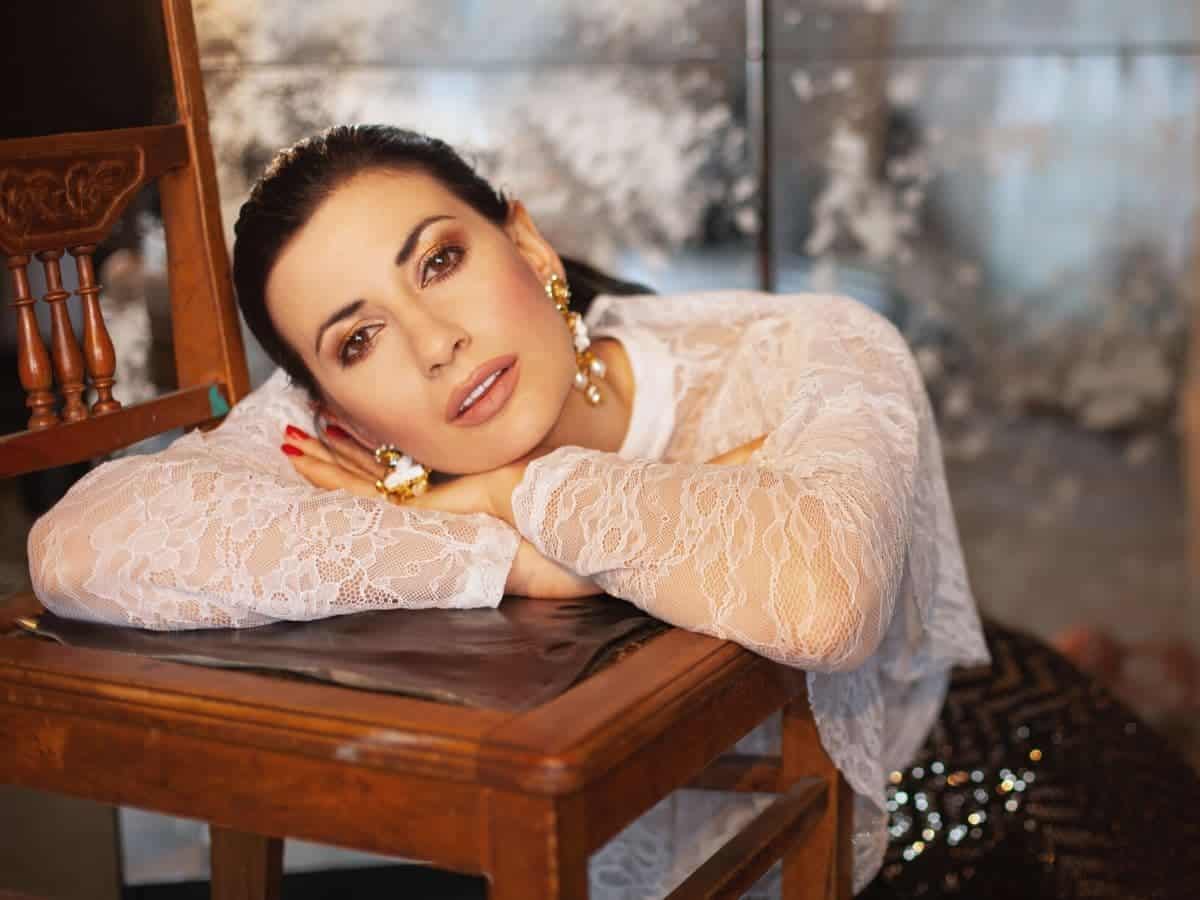
To capture flat light indoors, position your subject towards the window.
Ideally, you should have indirect light through the window. It’ll provide soft and even lighting.
If the sun is shining directly through the window, use a white sheet or diffuser to soften the light.
Related article: Indoor portrait photography guide
Flat lighting examples
When a subject directly faces a light source, the result is flat lighting. It produces even lighting, and shadows aren’t noticeable.
The following are examples of flat lighting so you can see what it looks like and have inspiration for your photos.
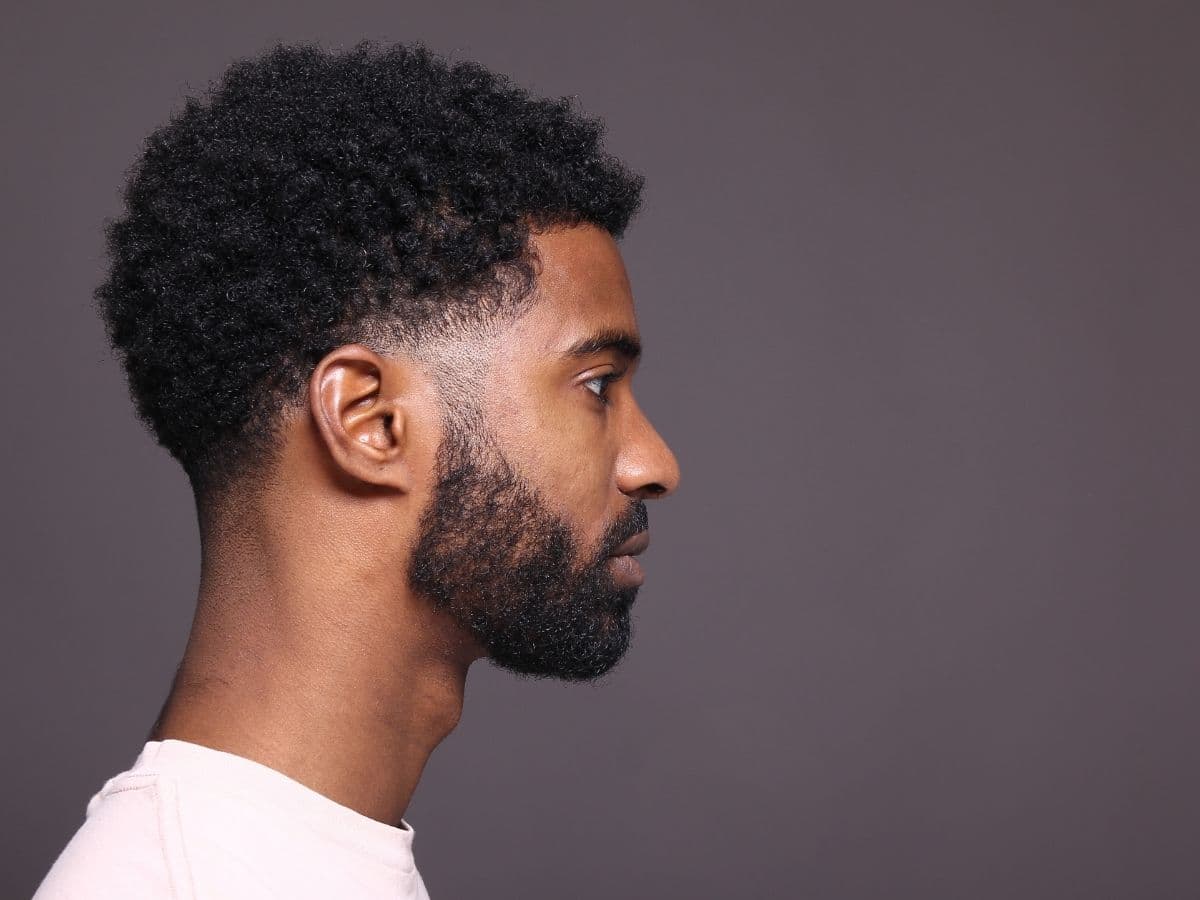
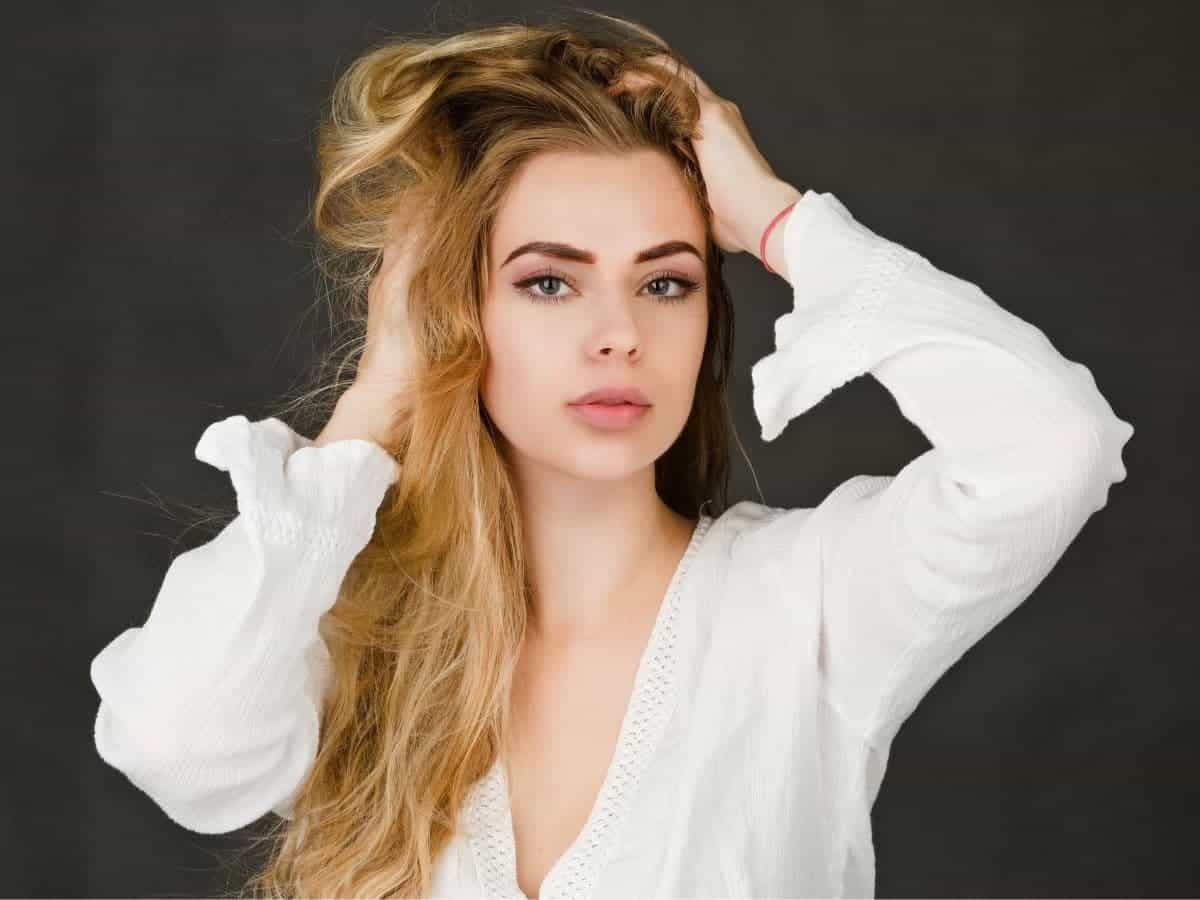
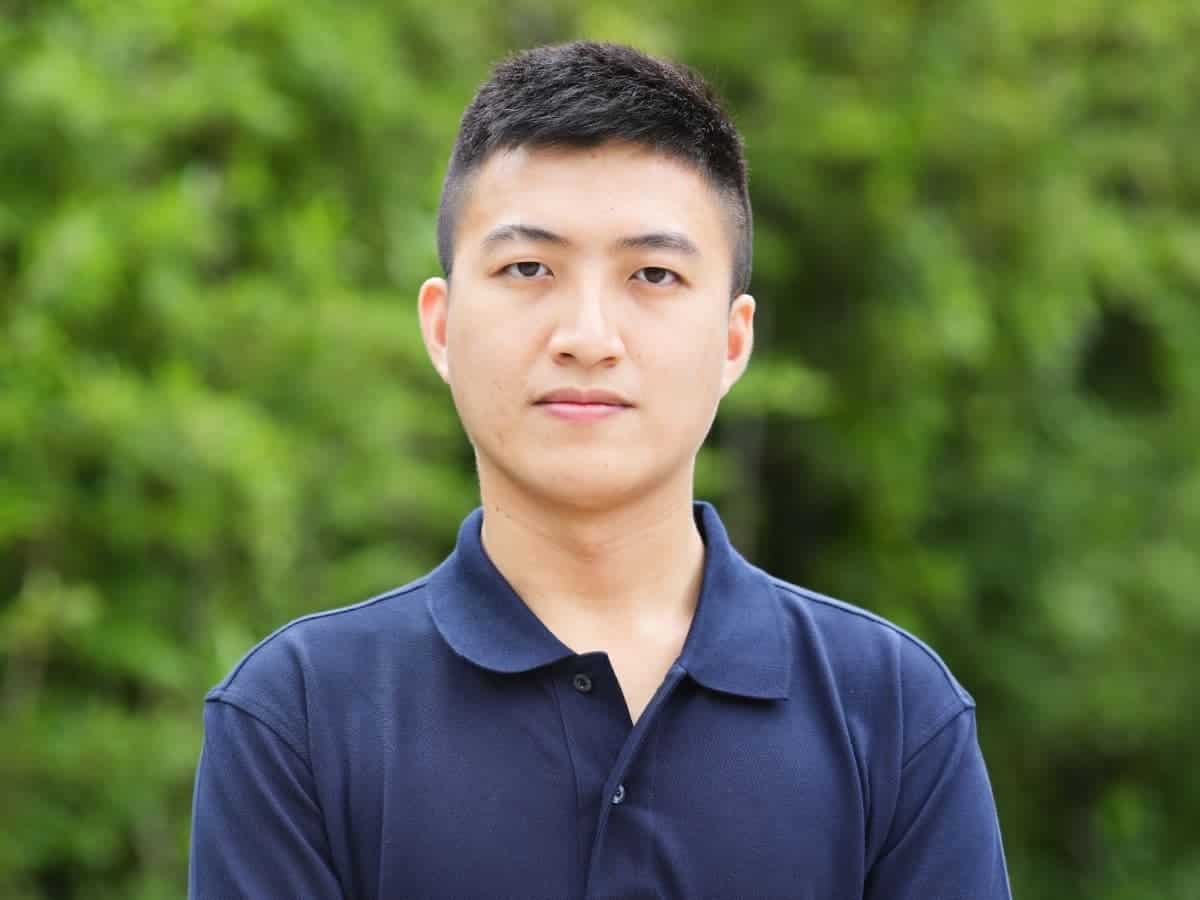
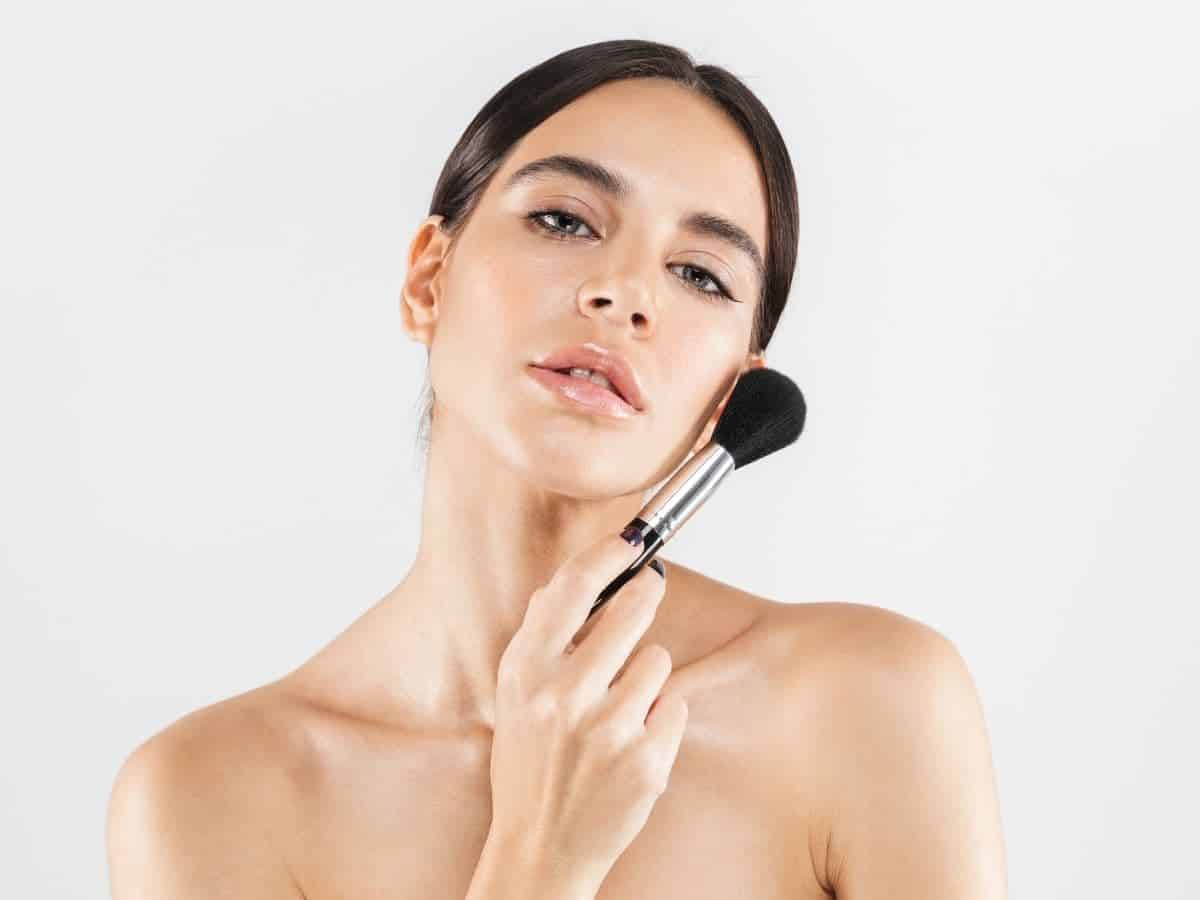
Conclusion
Flat lighting doesn’t have anything to do with the shape of the light source, as it’s about how the light appears on your subject or scene.
Since flat lighting has little to no shadows, it’s beneficial in some instances while not the best lighting pattern in others.
Consider the feelings you want to evoke and the purpose of the image before using flat lighting.
If it’s the right lighting pattern, focus on eliminating shadows, and you’ll achieve flat lighting.
Featured image courtesy of Canva.
